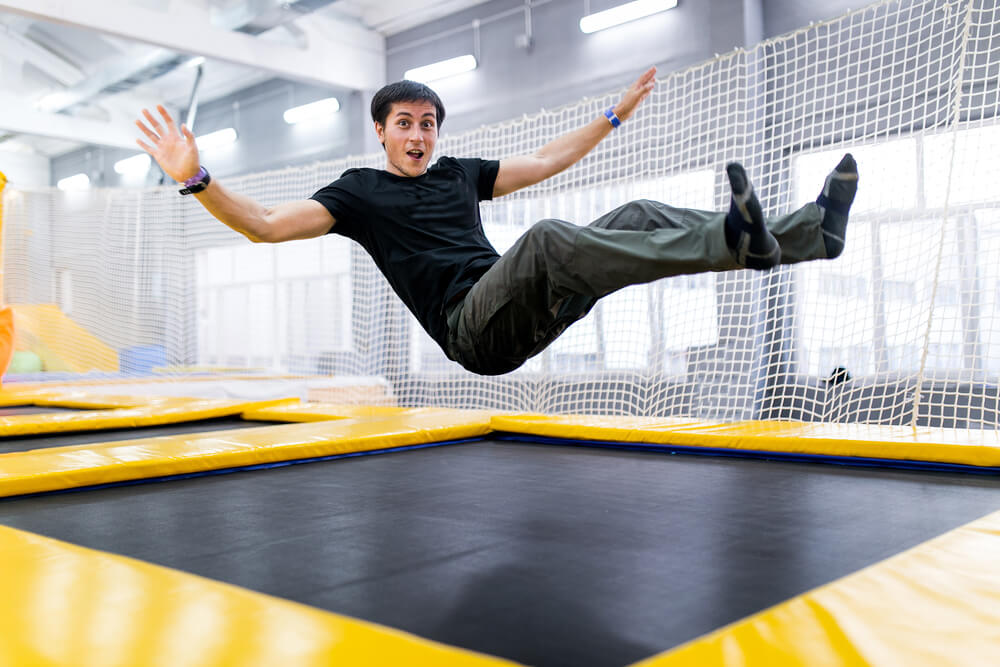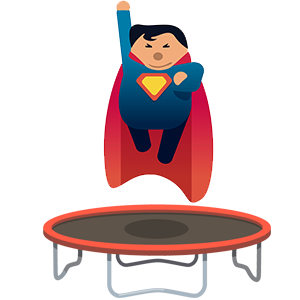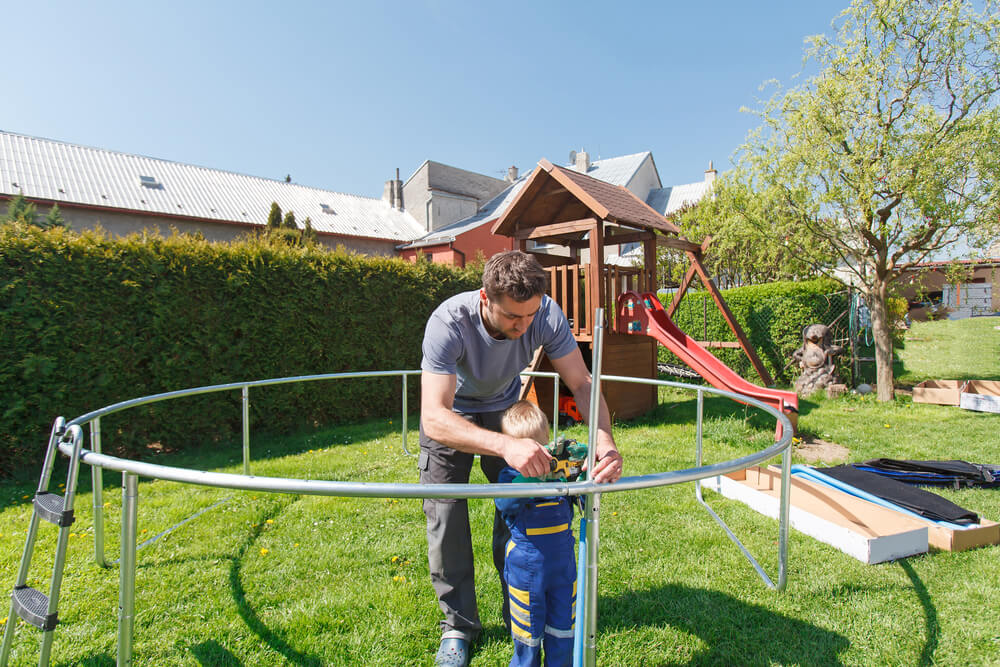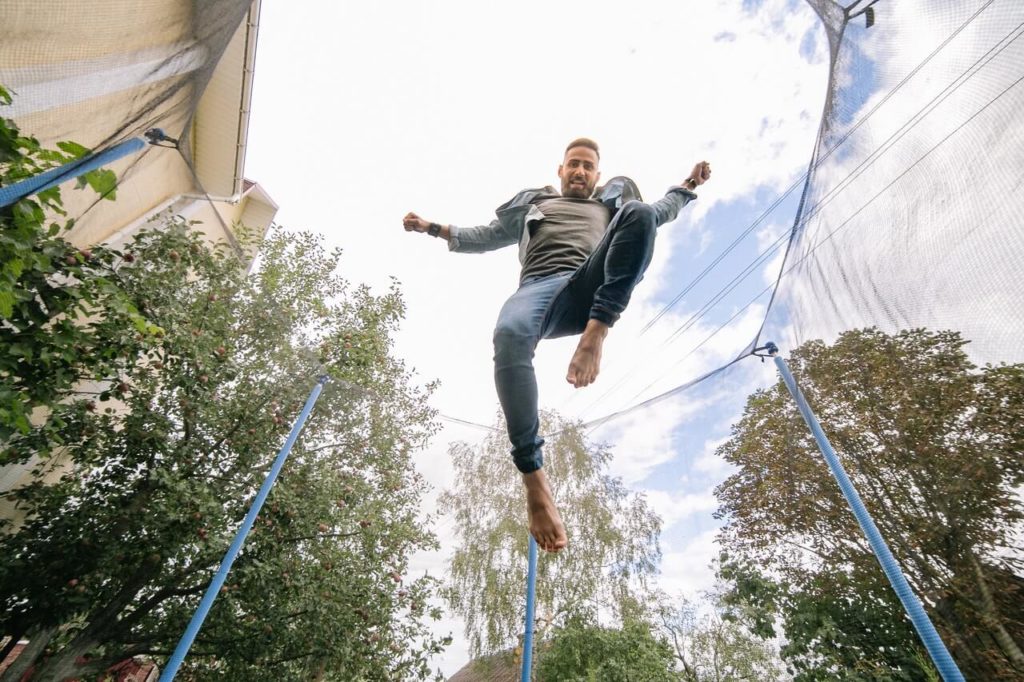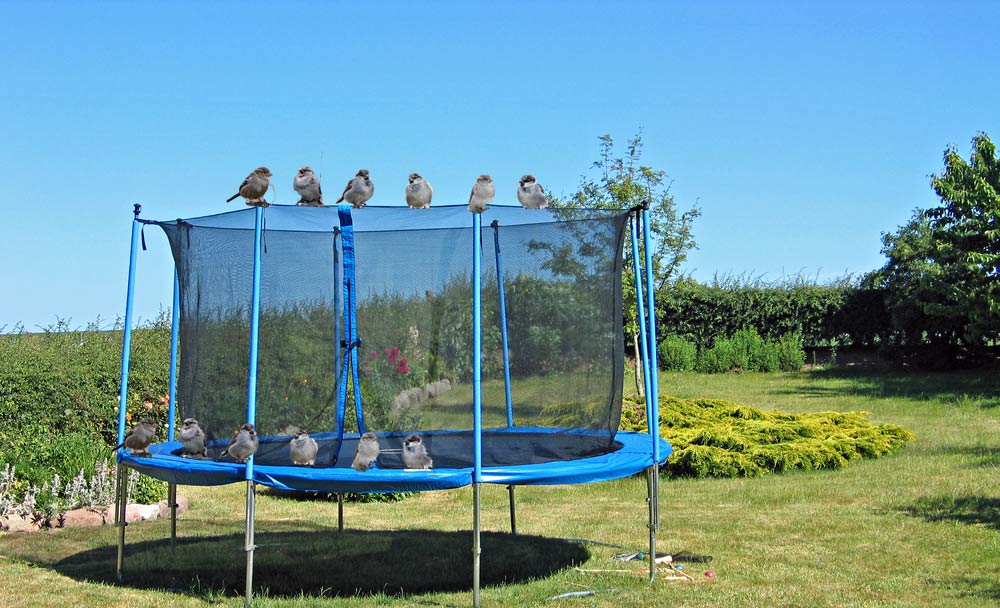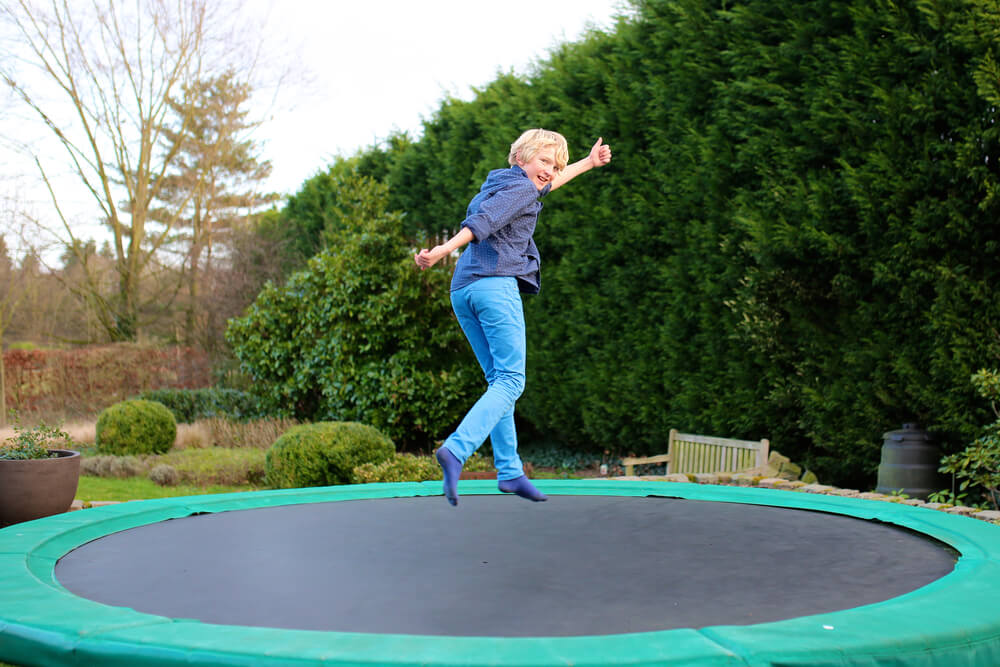Why do trampolines lose their bounce?
Many people enjoy jumping on a trampoline because it is a fun way to get exercise. However, over time, the bounce in a trampoline diminishes and it can be less enjoyable to use. There are several reasons why this happens, and of course, there are some things you can do to help increase the life of your trampoline. But before all that, let’s take a look at why trampolines lose their bounce.
One of the main reasons trampolines lose their bounce is because of the weather. If you live in an area with a lot of humidity, your trampoline will not last as long as one in a drier climate. The moisture causes the metal springs to rust, which makes them less elastic and reduces the bounce. Of course, broken springs are also a common reason for a loss of bounce. As the trampoline is used, the springs can eventually wear out and break. This can be a safety hazard, so it is important to inspect your trampoline regularly for any signs of damage.
Another reason trampolines lose their bounce is because of improper storage. If you leave your trampoline outdoors, it will be exposed to the elements and will not last as long as one that is stored indoors. Be sure to cover your trampoline when it is not in use to protect it from the sun, rain, and snow.
Also, trampolines lose their bounce as they age. As a trampoline gets older, the fabric becomes more brittle and less elastic. This also reduces the bounce.
In addition to humidity and age, use can also cause a trampoline to lose its bounce. If too many people are using it at the same time, or if someone is jumping on it too hard, it can wear out the fabric and cause the springs to lose their elasticity.
What can you do to help increase the life of your trampoline?
In terms of maintenance, you should check the trampoline for rust every once in a while and use a rust inhibitor to help protect the metal springs. You should also check the fabric for tears or holes and patch them as necessary.
In terms of usage, try not to overload the trampoline and be careful not to jump on it too hard. Also, make sure there is enough space around the trampoline so that people aren’t running into it while they are jumping.
How do I make my trampoline more bouncy?
If your trampoline is losing its bounce, there are a few things you can do to try to increase the bounce.
One thing you can do is add a trampoline pad. This will help protect the fabric and keep it from wearing out as quickly. By doing that you will also help to keep the springs from rusting.
There is an option to use heavy-duty springs. These are not as common, but they are available if you are looking to add more bounce to your trampoline.
Apart from that, if you have an old trampoline that has lost its bounce, you can try renovating it. There are companies that will replace the fabric and/or the springs in an effort to restore the bounce.
You can also try to increase the bounce by using a trampoline cover. A cover will help keep the humidity level down and will also prevent the sun and rain from damaging the fabric.
Another thing you can do is adjust the springs. If they are too tight, they will not allow for as much bounce as if they are looser. Be sure to use caution when adjusting the springs, as they can be dangerous if not handled properly.
Some people reported that crossing springs can increase the bounce. If you consider doing that, know that by doing that, you are actually going to wear the springs off faster, which means you’ll need to replace the springs more often.
There are patterns of crossing springs. The most common ones are figure eight, the triangle, and the zigzag.
- The figure-eight pattern: This is the most popular pattern and it is supposed to give you the most bounce. To do it, take two pairs of springs and cross them over each other in the middle so that they form an eight shape.
- The triangle pattern: This one is a bit more complicated than the figure-eight pattern. You will need at least three pairs of springs for this one. Take two springs and connect them at one end to make a small triangle. Then, take the third spring and put it in the middle of the first two. Connect the free ends of the second and third springs to create a larger triangle. Finally, connect the two triangles together to form the pattern.
- The zigzag pattern: This is probably the easiest of all three patterns. You will only need two pairs of springs for this one. Connect the first pair of springs at one end to form a zigzag shape. Then, connect the second pair of springs to the first pair in the same way.
- Lastly, some people use an anchor kit to add more springs to their trampoline in order to increase the bounce. If you are using more than four springs, it is best to use an anchor kit. This will help to keep the springs in place and will give you more bounce.
Are new trampolines less bouncy?
New trampolines are not necessarily less bouncy, but they may lose their bounce more quickly than older trampolines. The reason for this is that new trampolines are usually made with cheaper materials that are not as durable. In addition, new trampolines are often used more frequently and for longer periods of time than older trampolines, which can also lead to a loss of bounce.
No matter what you do, your trampoline is going to lose some bounce over time. However, by using one of the methods mentioned above, you can help to keep it bouncy for as long as possible. Take into consideration the effort of each option, and of course, maintenance on a regular basis will allow you more time to have fun, and less extra work. Most important is for you to remember, to be careful when adjusting the springs – they can be dangerous if not handled properly.

